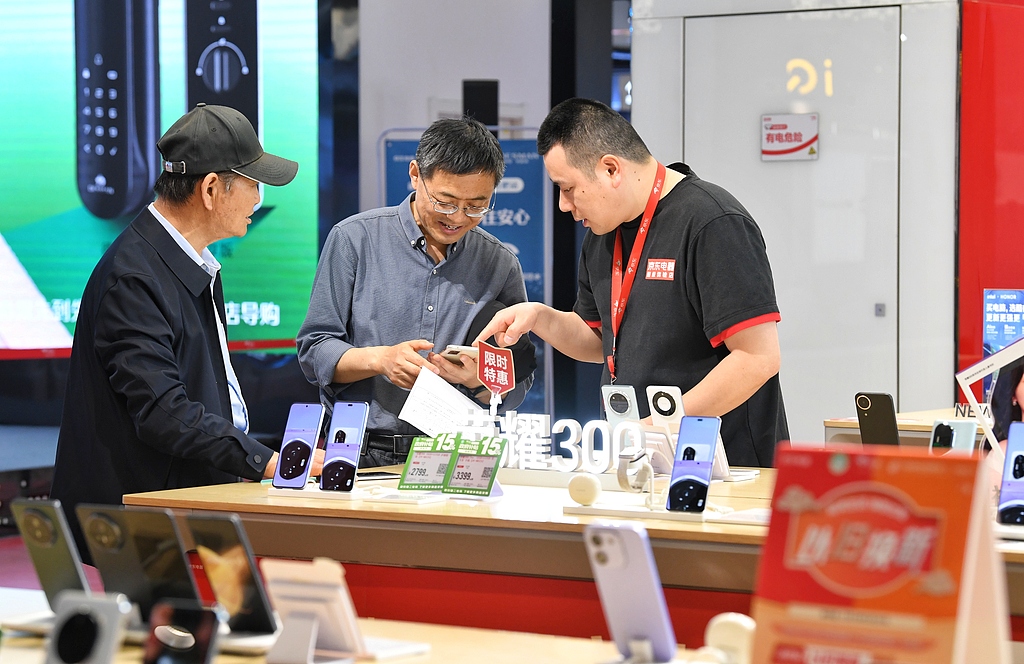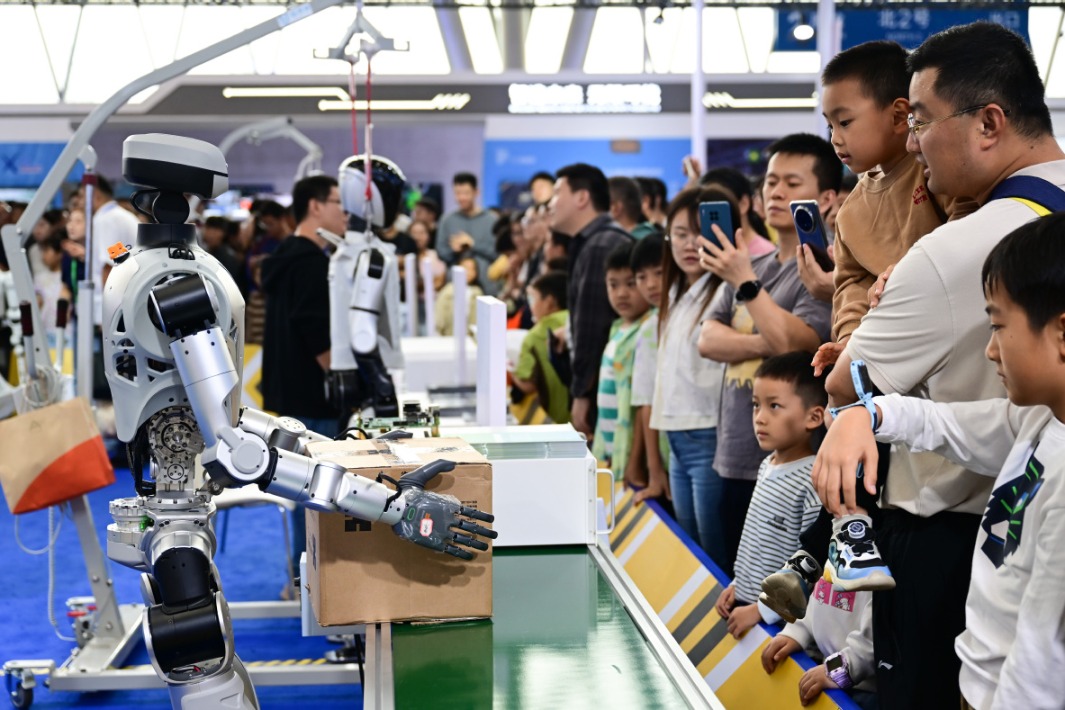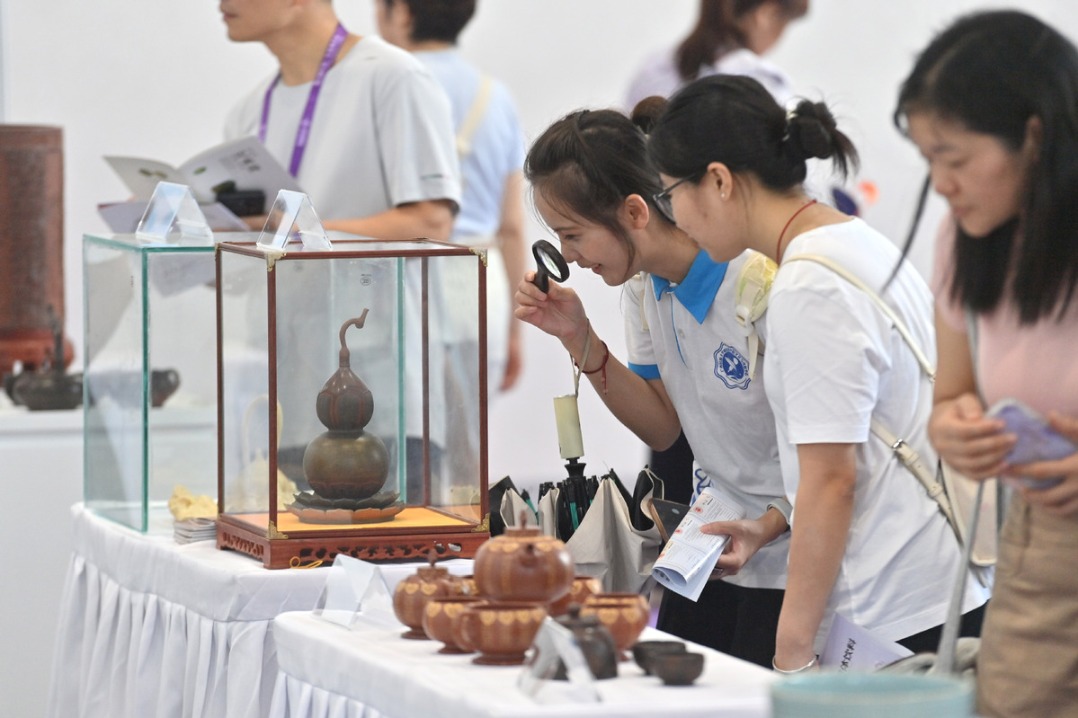Trade-in programs spur consumption vitality


As of May 11, the number of applications for vehicle renewal subsidies reached around 3.23 million in 2025, according to data released by the Ministry of Commerce on Monday.
Since the implementation of the vehicle renewal and trade-in policy in 2024, the volume of applications for vehicle trade-in subsidy has surpassed 10 million.
Many regions and cities across China have been stepping up the implementation of the trade-in programs in recent months, with a series of measures such as optimizing service processes and expanding subsidy scopes to boost consumer vitality, reported people.com.cn on Tuesday.
Hunan province has introduced adjustments to trade-in programs in recent months, with measures such as optimizing service processes and expanding subsidy range that lower the thresholds of consumer products for trade-in programs. Over 4.58 million applications for subsidies had been submitted as of May 6, with the amount reaching 3.95 billion yuan ($547 million), leveraging sales of consumer goods for over 30.6 billion yuan and further enhancing the vitality of consumer goods.
In April, Guangdong province introduced subsidy policies and activities on durable consumer goods; continued to support the trade-in of vehicles by expanding the scope for scrapped vehicles.
Many examples can be seen in various regions based on exclusive local conditions. Some places are promoting transformation and upgrading in consumption by including more categories of consumer goods and encouraging companies to optimize product structure.
Other places are adopting the model of providing fiscal and financial support for local companies to ensure their sustainable development. The combination of promotional campaigns and national subsidies has further increased consumer willingness in bulk consumption areas, said Zhu Keli, founding director of the China Institute of New Economy, a think tank, during an interview.
The large-scale equipment renewals and consumer goods trade-in programs are effectively promoting the recovery of consumption, according to data released by the National Bureau of Statistics.
Retail sales of communication equipment, cultural and office supplies, household appliances and audio-visual equipment, and furniture increased by 26.9 percent, 21.7 percent, 19.3 percent and 18.1 percent year-on-year in the first quarter of 2025, respectively, for enterprises above designated size, the report said.




































